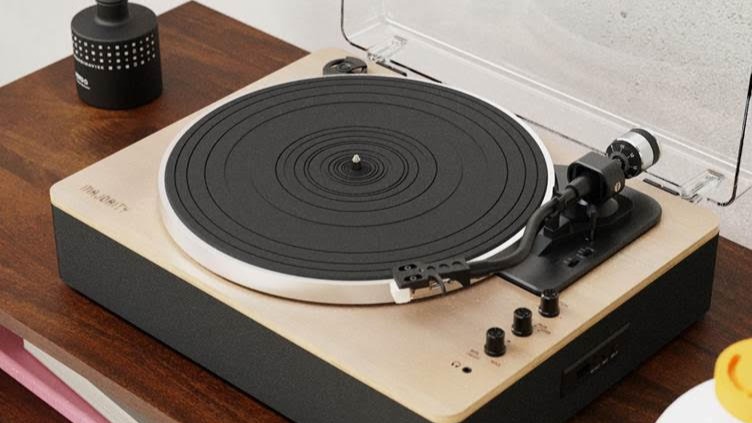iPhone 16e vs iPhone 16: what's the difference, and which one should you buy?
Should you choose the standard iPhone 16 or save some cash by slipping the iPhone 16E into your pocket instead? We compare both models to help find out...
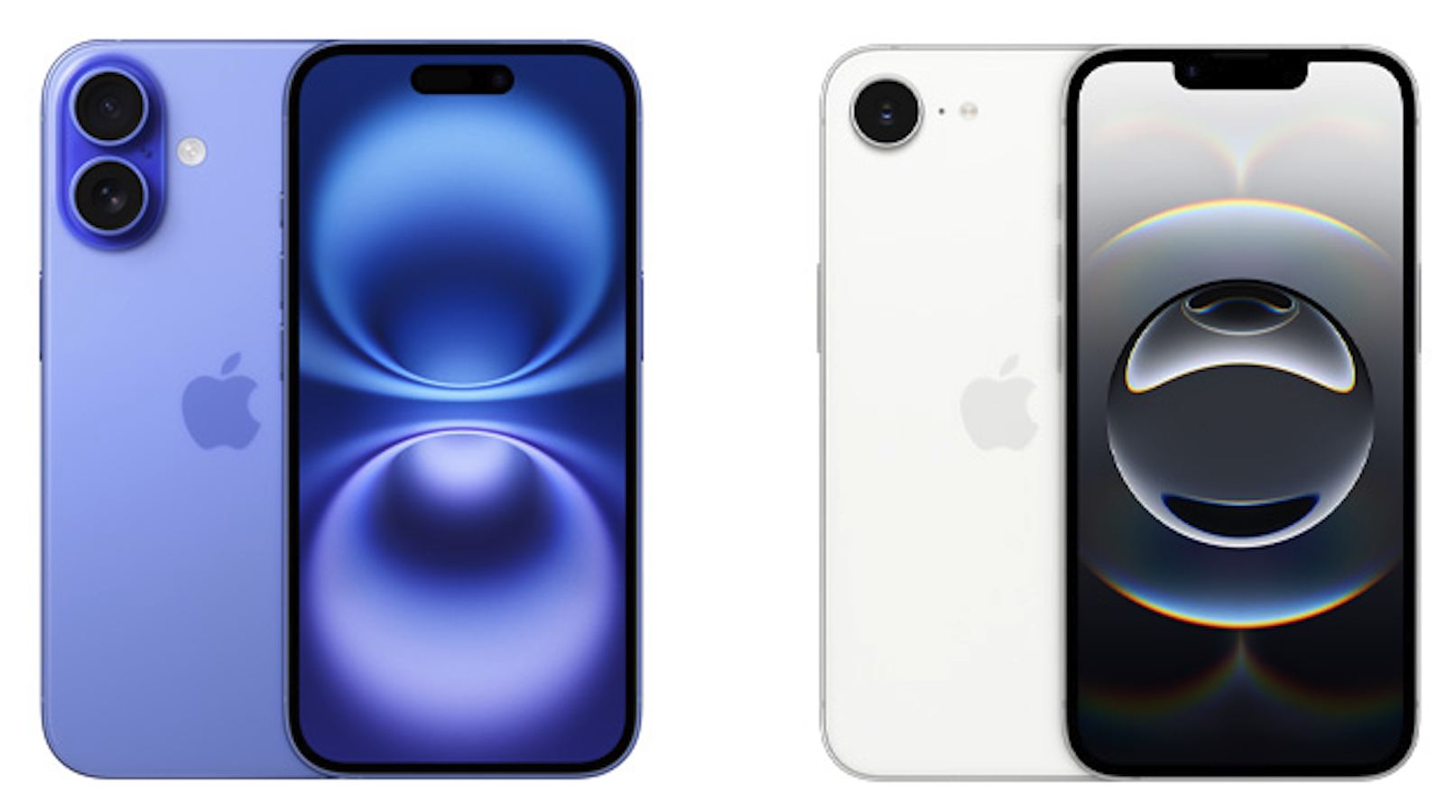
The iPhone 16e – aka, the handset formerly rumoured to be the iPhone SE 4 – has been officially announced. Hooray!
But wait, that means you might now have a choice to make. Should you get the newer, more affordable iPhone 16e? Or is it worth spending more to get the already-released iPhone 16? Decisions, decisions...
To help you decide, we've compared the iPhone 16e to its iPhone 16 sibling below. Because we've yet to wrap our hands around the 16e, our comparison will be based on its known specs, and our years of experience testing iPhones.
Rest assured – we'll be updating this comparison once it's passed through our vigorous testing process. Oh, and given the price differences, we're not throwing the iPhone 16 Pro or Pro Max into the Mix.
With all that said, let's get straight to it:
iPhone 16E vs iPhone 16: price and release date
The iPhone 16E can be pre-ordered on 21 February, ahead of its 28 February release date. As for its price, it'll set you back $599 / £599 / AU$999 for the 128GB version, while the next level up – the 256GB model – will be $699 / £699 / AU$1,199. Prices top out at $899 / £899 / AU$1,549 for the fully specced 512GB offering.
Released last year, the iPhone 16, in comparison, packs slightly more of a monetary punch, starting at $799 / £799 / AU$1,399 for the base 128GB model. The 256GB option costs $899 / £899 / AU$1,599, and prices rise to $1,099 / £1,099 / AU$1,949 for the top-specced 512GB version.
Overall, if you're thinking that the iPhone 16e is priced a little higher than expected, we can't say we'd blame you. Around $100 less than the asking price would slot it into more of a sweet spot, making the decision to choose between the two models a bit trickier. But that's where the next sections come in:
iPhone 16 vs 16 Pro and 16 Pro Max: design and display
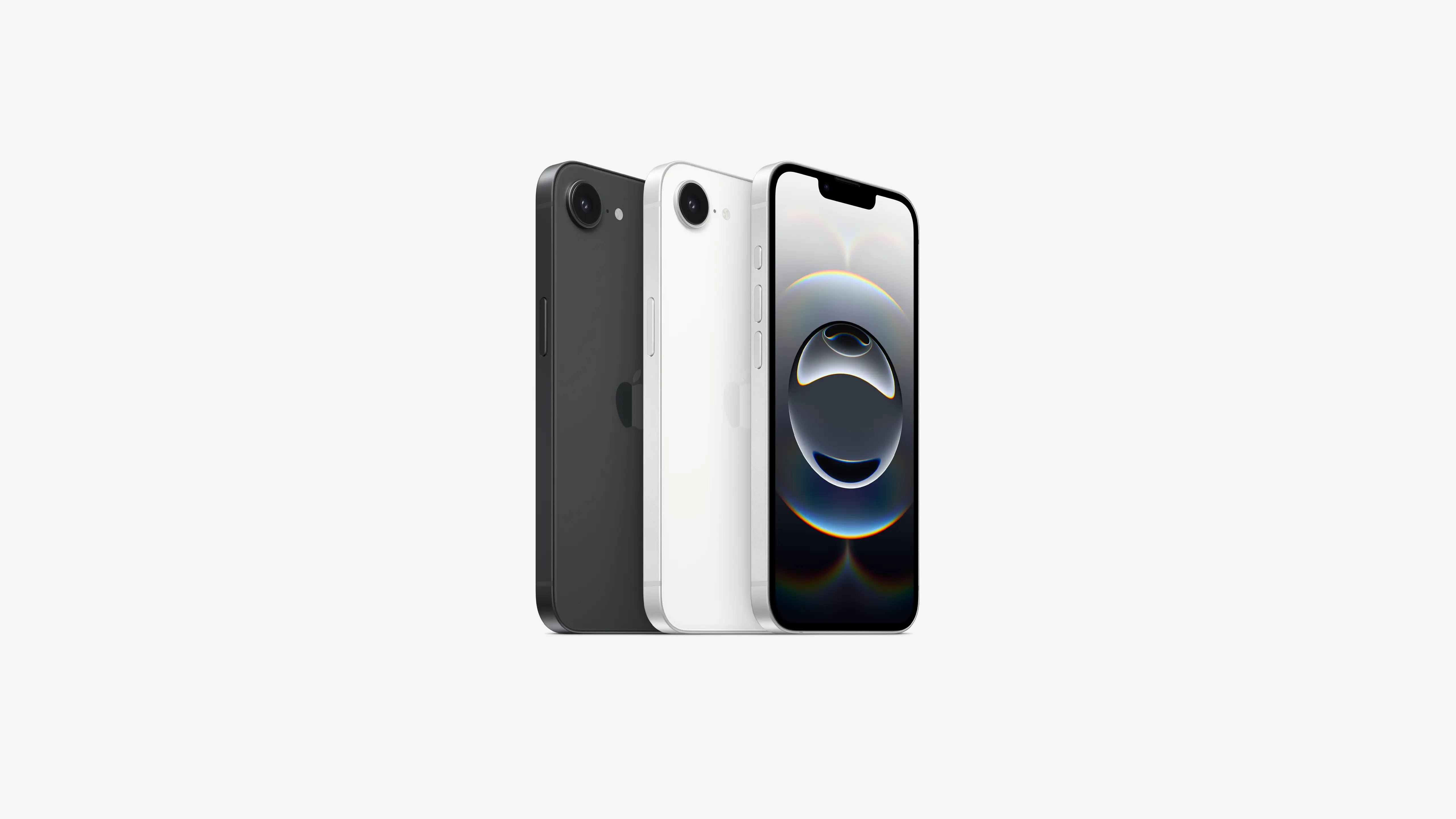
While their general iPhone-esque shape remains similar, there are a few immediate differences between the two models. The rear camera setups are a big giveaway, with the iPhone 16e sporting a single lens versus the iPhone 16’s dual-cam setup. The iPhone 16e also comes in just two matte finishes - black and white - while the iPhone 16 offers a more extensive colour palette including white, black, ultramarine, teal, and pink. Snazzy.
Both devices feature Ceramic Shield front protection, along with IP68 water resistance for shrugging off life’s occasional moist mishaps. And while both phones incorporate the handy customisable Action Button for shortcut shenanigans, only the iPhone 16 includes the additional Camera Control button – a potential boon to sway keen photographers.
Round the front, the iPhone 16 features Apple’s distinctive Dynamic Island - an interactive display element that houses the front camera system - while the iPhone 16e retains the more traditional notch design of older iPhone generations. Both devices use this area to house their TrueDepth camera systems for Face ID functionality.
As for the screens themselves, OLED is the weapon of choice across the board, bringing with it the punchy colours and inky blacks that OLED fans love. It’s worth noting however that 6.06in iPhone 16e’s screen has lower brightness capabilities, offering 800 nits typical maximum brightness compared to the 6.12in iPhone 16's 1,000 nits, and 1,200 nits peak brightness for HDR content versus the iPhone 16's 1,600 nits. Both displays can, however, dim down to just one nit for comfortable viewing in dark environments.
iPhone 16E vs iPhone 16: camera
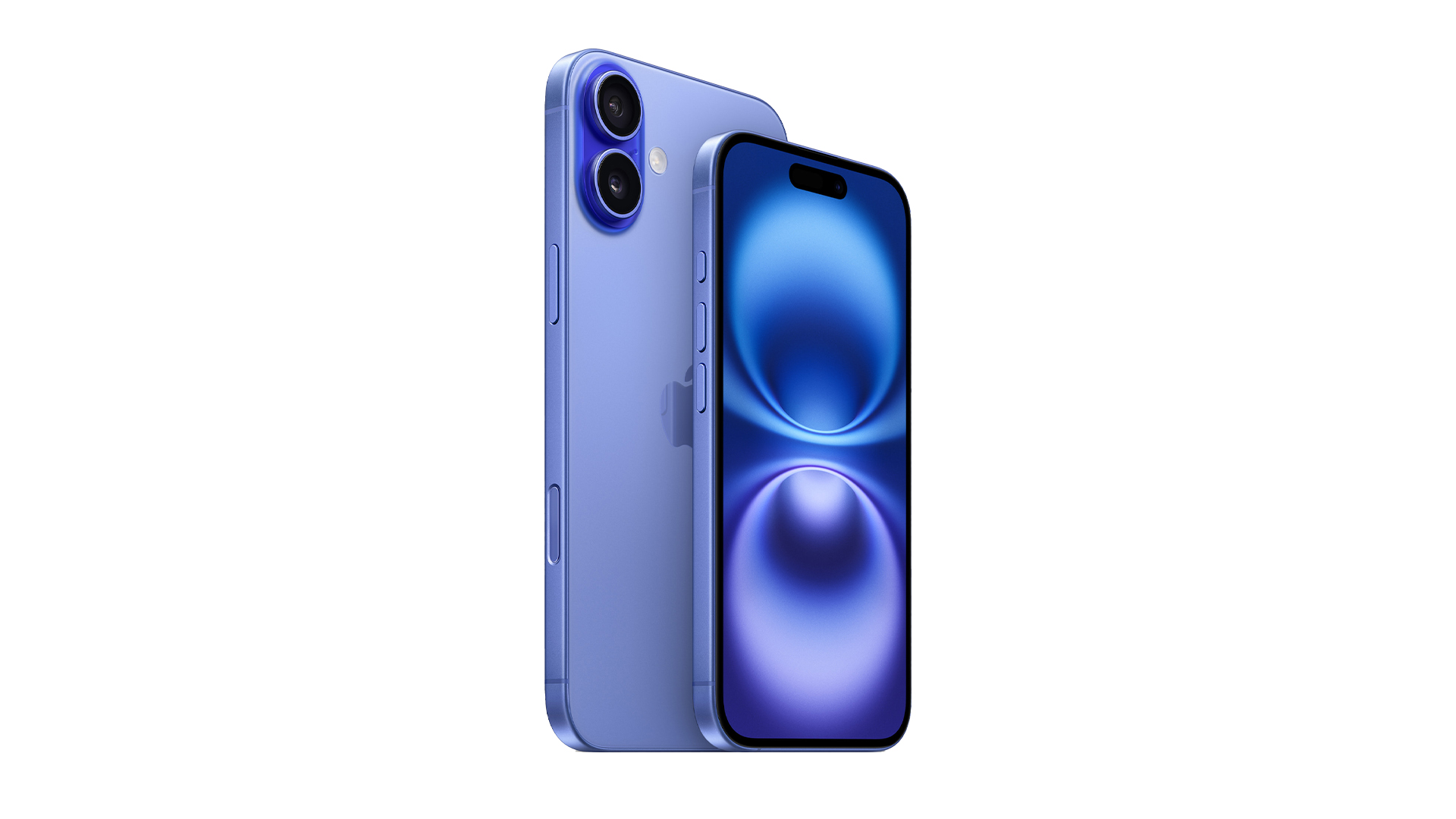
So far the differences have been (relatively) minimal, but it’s the camera setup that marks one of the largest differences, and may be the deciding factor in your decision.
The iPhone 16e has a single 48MP main camera, offering 1x and 2x optical zoom options. In contrast, the iPhone 16 provides a more versatile dual-camera arrangement that pairs its main sensor with a 12MP ultra-wide camera, unlocking a broader range of zoom options from 0.5x to 2x. This might not mean much if you're a casual snapper, but it could be a sorely missed feature if you're into squeezing the most out of your compositions.
The iPhone 16 also edges ahead with sensor-shift optical image stabilization, while the 16e uses standard optical stabilization – a potentially big difference if you’re into shooting in dim light.
Portrait photography on the iPhone 16 is also more advanced, offering Focus and Depth Control options compared to the 16e's more basic Portrait mode with purely Depth Control. The iPhone 16 also offers macro photography capabilities, Spatial photos and videos, Cinematic mode for 4K Dolby Vision recording at 30 fps, and Action mode for stabilized video capture.
iPhone 16e vs iPhone 16: features, specs and battery life
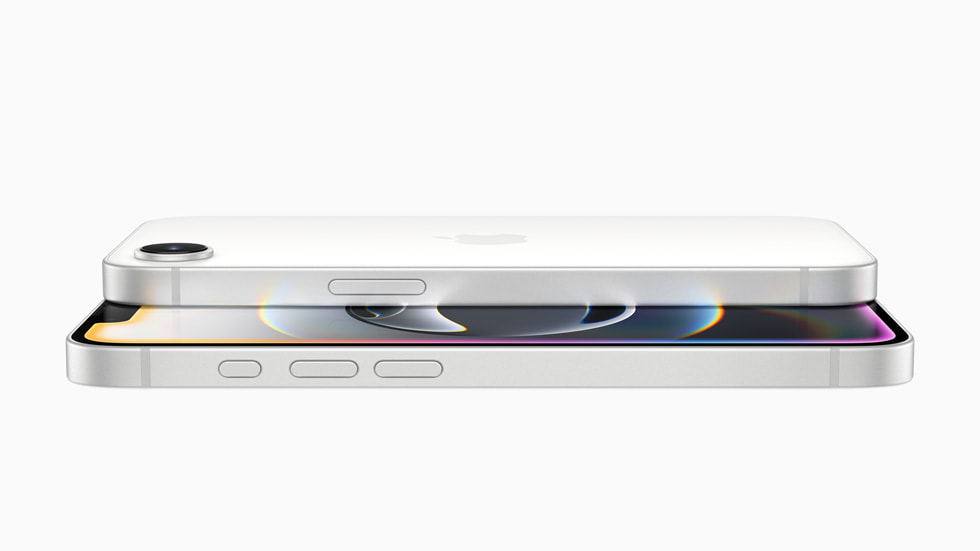
Both handsets pack the mighty power of Apple's A18 chip, but the iPhone 16e has a four-core GPU configuration compared to the more powerful five-core GPU in the iPhone 16. Having said that, we can’t imagine many users wanting for more power, unless perhaps they're after the absolute smoothest iPhone gaming experience.
The iPhone 16e also debuts Apple's first in-house designed C1 modem, marking a departure from the Qualcomm Snapdragon X75 modem found in the iPhone 16 – a sign of things to come in future iPhone models, no doubt.
As for charging, while both phones support wireless charging, the iPhone 16e is limited to Qi charging at up to 7.5W. The iPhone 16, meanwhile, offers Qi2 wireless charging up to 15W, and supports MagSafe wireless charging up to 25W when paired with a 30W adapter or higher.
The absence of MagSafe compatibility on the 16e means it won't work with the ecosystem of MagSafe accessories, including cases, wallets, and wireless chargers that have become popular with iPhone users – another potential dealbreaker for those invested in a roster of useful accessories.
Battery performance presents an interesting twist, at least, with Apple claiming the iPhone 16e actually outperforms its pricier sibling. The company states the 16e can deliver up to 26 hours of video playback, compared to 22 hours on the standard iPhone 16 model. This could be due to a combination of slightly less power and Apple’s optimised homegrown modem.
iPhone 16e vs iPhone 16: early verdict

The iPhone 16e represents a careful balancing act in Apple's 2025 lineup, and may be priced a little higher than people expected, making the decision between the two handsets a bit of a tricky one.
The list of pros for the 16e contains its powerful A18 chip, along with improved battery life. Combined with the promise of a solid camera experience and usual (if predictable) Apple design quality, this might be enough for many users to justify saving some extra cash.
For those who want the extra flexibility offered by the iPhone 16’s dual camera setup (not to mention, its brighter screen and useful MagSafe compatibility), it’s probably worth spending a little more for those features – especially if you’re after a handset that will last you a good few years.
MORE:
Apple officially unveils the affordable iPhone 16e complete with an OLED display and Dolby Atmos support
Get the What Hi-Fi? Newsletter
The latest hi-fi, home cinema and tech news, reviews, buying advice and deals, direct to your inbox.

